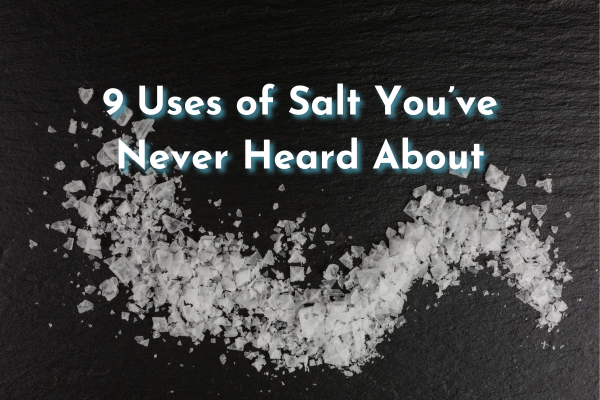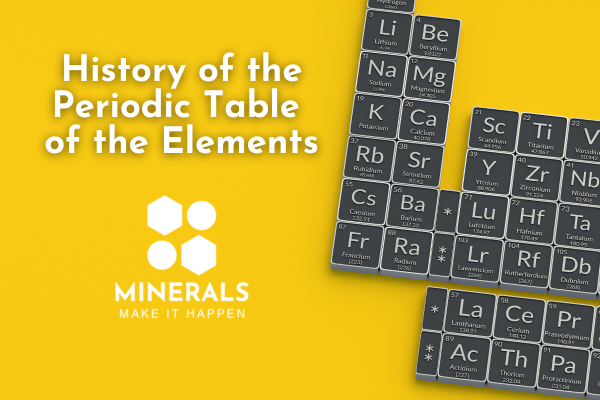January 13, 2025
January 13, 2025

Like most of us, we have watched in horror as wildfires have continued to ravage communities in and around Los Angeles, California. Our hearts go out to all of those who have been affected and the families of those who lives have been lost. As the wildfires continue to threaten lives, homes, and ecosystems, firefighting teams are working around the clock and rely on every tool at their disposal to control these blazes. Aerial fire retardants are a critical tool that not only slows the spread of wildfires but also helps to protect communities and natural landscapes, illustrating once again how minerals make it happen.
According to the U.S. Forest Service, “aerial application of fire retardant is part of an integrated firefighting strategy, and is applied in a wide range of situations. High-intensity fire, rate of spread, and other factors limit the ability of ground-based firefighters to access and fight wildland fires safely. Aerially applied fire retardant is used to slow the rate of spread by cooling and coating fuels, depleting the fire of oxygen, and slowing the rate of fuel combustion as the retardant’s inorganic salts change how fuels burn.”
What are fire retardants, what are they made of, and how do they work?
Fire retardants, like the product Phos-Chek that the Forest Service has used for decades, are used extensively in wildfire management. They are often deployed from aircraft or applied directly by ground crews to create barriers that slow or stop advancing flames. Its name, derived from "phosphorus" and "check," reflects its primary purpose: to use phosphorus-based compounds to halt the spread of fire.
The effectiveness of fire retardants lies in their carefully crafted formula, which includes a combination of vital minerals:
Together, these minerals work in harmony to create a substance that dramatically improves wildfire control efforts.
Fire retardants work in three primary ways:
These mechanisms allow firefighting teams to gain crucial time to evacuate residents, protect structures, and extinguish the flames before they advance further.
In regions where wildfires are becoming more frequent and intense, fire retardants play a vital role in protecting both people and the environment. Its ability to create firebreaks and reduce the intensity of fires can save countless lives and minimize destruction.
The production and use of fire retardants highlight the indispensable role minerals play in modern life. From firefighting to construction and beyond, minerals are essential to creating solutions that keep us safe and resilient. Next time you hear about efforts to combat wildfires, remember the vital role of minerals—because Minerals Make It Happen.

March 17, 2025

February 7, 2025